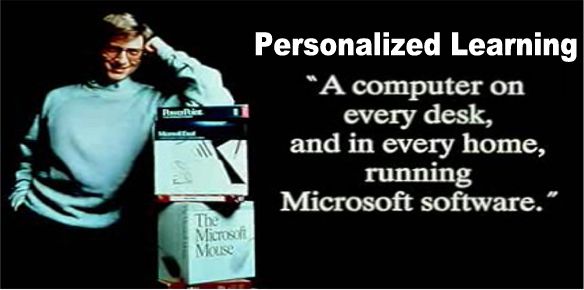Research Counts for Little When It Comes to Adopting “Personalized Learning”


Ben Herold, Education Week, October 18, 2016
The pushers of computer-based instruction want districts to buy products and then see if the product works. Students and teachers are being used for marketing research, unreimbursed research. Districts are spending money based on hype and tests of the educational efficacy of an extremely narrow range of products as if this is a reasonable way to proceed in this era of extreme cuts in budgets.
Laura Chapman, comment on above guest post, May 21, 2017
Both Ben Herold and Laura Chapman are correct in their statements about the thinness of research on “personalized learning” and that districts spend “money based on hype and tests of the educational efficacy of an extremely narrow range of products….”
In short, independent studies of “personalized learning,” however, defined, are rare birds but of even greater importance, are subordinate to decisions on buying and deploying software and programs promising to tailor learning to each and every student from kindergarten through high school. To provide a fig leaf of cover for spending on new technologies, policymakers often use vendor-endorsed studies and quick-and-dirty product evaluations. They are the stand-ins for “what the research says” when it comes to purchasing new products advertising a platform for “personalized learning.”
Why is research nearly irrelevant to such decisions? Because other major criteria come into play that push aside educational research either independent or vendor-sponsored, on technology. Policymakers lean far more heavily upon criteria of effectiveness, popularity, and longevity in spending scarce dollars on new technologies championing “personalized learning.”
Criteria policymakers use
The dominant standard used by most policymakers, media editors, and administrators to judge success is effectiveness: What is the evidence that the policy of using new technologies for classroom instruction has produced desired outcomes? Have you done what you said you were going to do and can you prove it? In a society where “bottom lines,” Dow Jones averages, Super Bowl victories, and vote-counts matter, quantifiable results determine effectiveness.
Since the Elementary and Secondary Education Act (1965), federal and state policymakers have relied on the effectiveness standard to examine what students Research Counts for Little When It Comes to Adopting “Personalized Learning” | Larry Cuban on School Reform and Classroom Practice:


